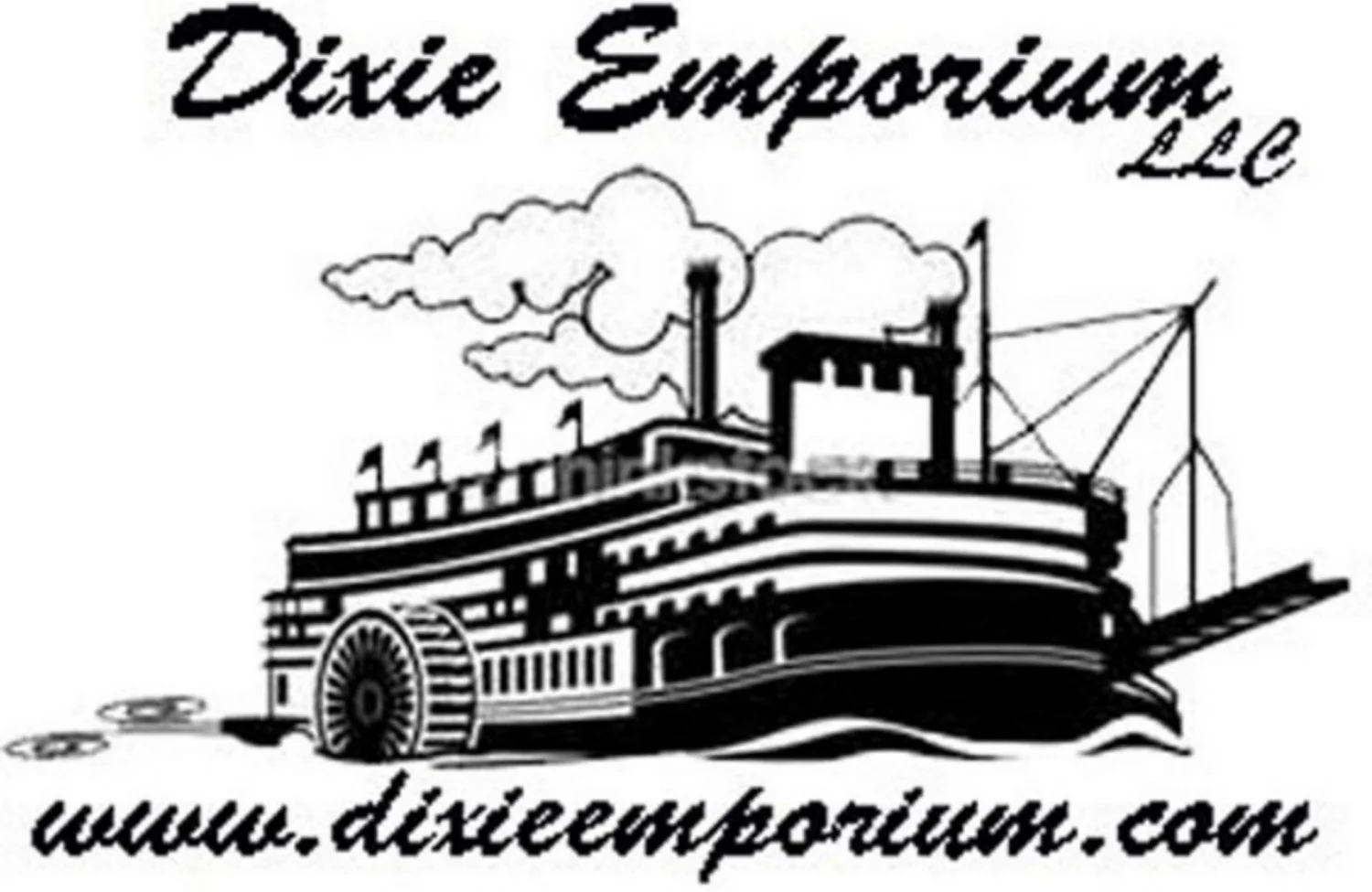Here you will find an overview of what is involved in the pen making process. The intent is to give you a mental picture of the process that is involved in making a hand crafted writing instrument. Pens made by Scribes Sword will be unique and hand crafted making each one unique in certain regards. Your pen will be something that will give you many years of pleasure and use.
The first step is select the medium that will be used for the pen. This can be wood, antler, bone, or some type of acrylic material. There are numerous acrylics as different types of plastics which afford differing qualities when turning and polishing. Once the medium is selected it will normally be in the form of a square or round "Blank" which is usually about 5 inches long and 3/4" by 3/4".
Next the "Blank" is measured for the brass tubes. Brass tubes for the particular kit that you use will be glued in after drilling the blank. After measuring for the brass tubes the blank is cut on something like a band saw.
The next step is to drill the hole in the blank or blanks for gluing the brass tubes in. The holes are normally drilled on the lathe or a drill press using the appropriate drill bit size that corresponds to the size of the brass tube that will be glued in.
Brass tubes are glued into the blanks and will be used to hold the "Kit" together once completed. When the glue has had time to cure and set up the next step can be started. Tubes are usually glued in using some form of CA glue. CA or Cyanoacrylate are described by WIKI as follows. Cyanoacrylates are a family of strong fast-acting adhesives with industrial, medical, and household uses.
Once the CA has cured, the blanks are set up on the lathe for turning into the final shape of the pen. Blanks are turned using wood turning tools such as skews and chisels. This procedure entails using the tools to "cut" or "scrape" material off of the blanks as you shape them to your specifications.
After completing the turning process the blanks are ready to be finished. Great care and patience must be used during the "turning" process as mistakes can easily occur and some can result in the loss of the blank completely. Different materials have different properties when turning and the speed and material being turned factor greatly into this step.
For finishing the acrylic pens, they start off being sanded through a range of sandpapers from coarse to finer respectively. Next, micro mesh is typically used to go to an even finer sanding process that will usually result in a glasslike finish and a beautiful pen. For wood, the process is much the same except that most pen makers will then add either a CA finish or another type of finish. I use a product that was designed by a Chemist turned wood turner. Pens Plus utilizes natural ingredients like Walnut Oil and Shellacs to create a very natural, rich finish on the pens that compliment the wood beautifully.
The final step is to assemble the pen by combining the blank and the given pen kit. There are many, many styles and types of pen kits which range and differ greatly in price. The finish of the kit factors in greatly and can be from something like a satin finish, chrome, all the way up to Rhodium, and different qualities of gold such as 24 or 18K gold. The kit finish and style are usually matched to the blanks or medium being used to end up with a beautiful pen.
Hopefully this will help to explain the process of pen making and why hand crafted, hand made pens and writing instruments are more expensive than "mass produced" stuff commonly found on the shelves of your favorite retail giant or office supply store. Hand crafted pens are meant to be cherished works of art which even end up as family heirlooms. Scribes Sword will always strive to make the highest quality pens possible and are meant to be treasured and cherished possessions.
There are plenty of Youtube videos about this process which I find extremely enjoyable and love it very much. Thank you for visiting and I hope that you come back often.

